- Peperomia Serpens: How Easy It Is To Care For It? - September 24, 2021
- Best Indoor Fiberglass Planters Guide: Our Top Picks - September 6, 2021
- Peperomia Polybotrya: Is It Easy To Keep This Plant Alive? - August 31, 2021
For a houseplant lover, filling their living spaces with green is the dream. A lot of people fall in love with a Peperomia polybotrya when they see it. And why not? These plants, with their green and raindrop-shaped leaves, are beautiful.
So how do you keep a Peperomia polybotrya alive? It’s actually very easy. You only need to give it the right kind of soil, just enough water, and some fertilizer once in a while. This is a very low-maintenance plant that will not take too much of your time but can be a lovely addition to just about any space you have. Read on and get to know more about this Peperomia plant and how to care for it.
Read More:
- Peperomia Ginny: Why This Type Of Peperomia Is So Special?
- Peperomia Incana: Why The Felted Peperomia Is Perfect For Indoors?
- Peperomia Puteolata: Why This Plant Is Such A Must Have?
- Peperomia Obtusifolia: Is the Baby Rubber Plant Perfect for Your Home?
- Peperomia Ruby Cascade: Is This Plant Perfect For You?
-
Peperomia Frost: Why Peperomia Caperata Is The Perfect Indoor Plant
How to Identify Peperomia Polybotrya
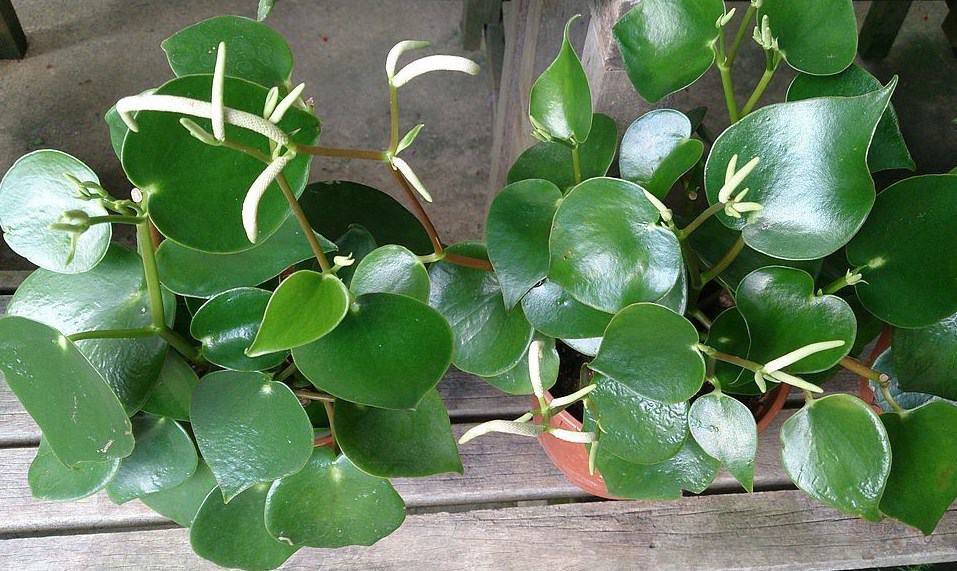
Peperomia polybotrya is commonly known as coin-leaf or raindrop peperomia.
Peperomia pertains to a genus of the pepper family. These plants are fleshy herbs with variegated and showy leaves. The word is a mouthful, but it comes from two Greek words:
- Peperi, or pepper
- Homoios, or resembling
The perennial plant can be a low-maintenance house plant, and it can add a touch of green to your home with its glossy and showy foliage. The leaves are simple and are arranged alternately on the branches.
With the petiole attached at the center, these peltate leaves are shaped like a teardrop.
How to Grow Peperomia Polybotrya From Seed
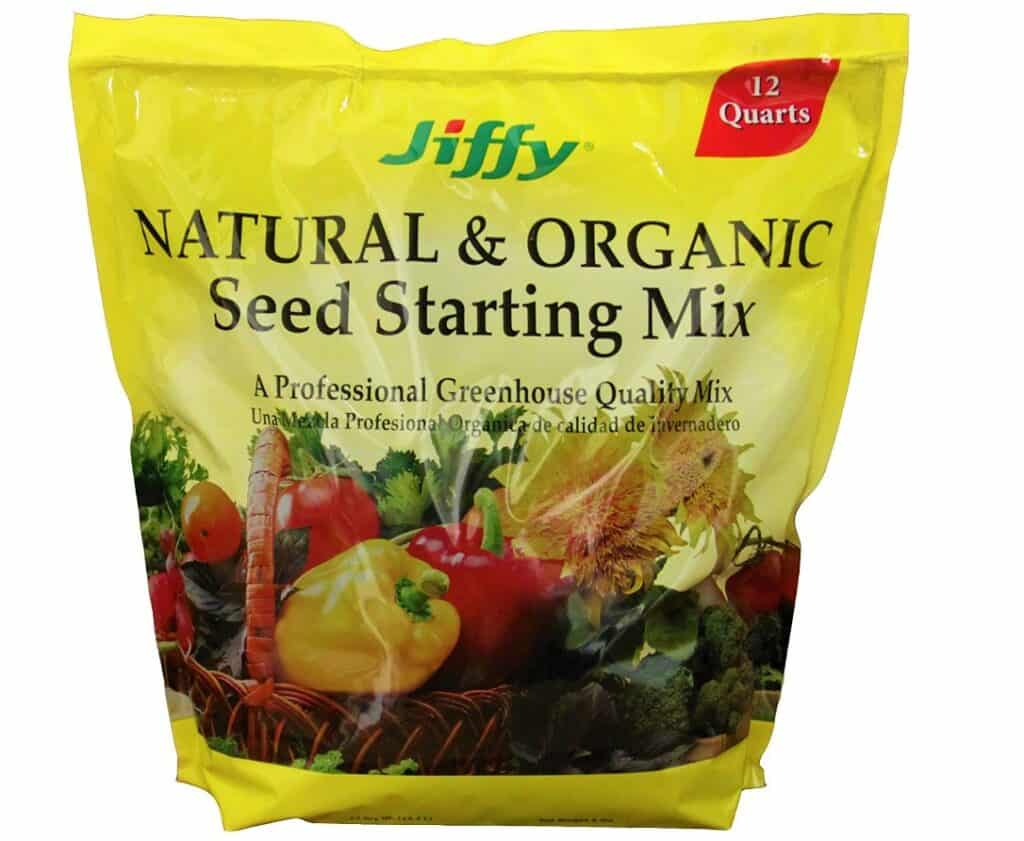
For some people, growing a Peperomia polybotrya from seeds can be quite fulfilling. If you have a cultivar of the plant and would like to propagate it from seeds, there is a better or higher chance you will get a new plant that doesn’t look like the parent.
As such, growing Peperomia polybotrya from seeds can give you an entirely new plant from what you already have. The downside, of course, is that you might not get the same hybrid or variegated plant. If that is your goal, it’s better to propagate your Peperomia polybotrya by cuttings.
How do you grow a Peperomia polybotrya from seeds?
First, find the seeds you want online. Remember to buy only from reputable sellers. You will also need a seed starting mix, such as the:
- Espoma SS16 16-Quart Organic Seed Starter Premium Potting Mix
- Jiffy Natural & Organic Starter Mix 12 Quart
- Sun Gro 1311002 8-Quart Seedling Mix
You should also buy a seed starter tray or containers if you don’t have these already. Check out the MIXC Seedling Trays Seed Starter Tray. Or, if you want an easier time transplanting your new seedlings into your pots, you can just get something like these peat pots that you can plant into the soil and just let them decay over time.
Once you have your seeds, potting mix, and container, you’re ready to plant your new Peperomia polybotrya. Fill the peat pots or starter tray with potting mix, then sprinkle the seeds.
Cover the seeds with more potting mix. If the seeds you purchased have instructions, follow those to the letter.
Put the newly sown seeds near a warm window. Be sure to keep the seeds and the soil always moist while you wait for the seeds to germinate.
Once you see new leaves sprout, you can transplant them into the soil. Peperomia polybotrya seedlings prefer soil that is neither acidic nor alkaline. Give it soil that has a pH of between 6.0 to 6.5.
How to Propagate Peperomia Polybotrya
A faster way to get more plants is to use cuttings. For Peperomia polybotrya, you choose to use a stem cutting or get individual leaves up to the petiole.
Leaf Cuttings
You can propagate a Peperomia polybotrya by using leaf cuttings. Just choose a healthy leaf and then cleanly cut it from the parent plant. Put potting mix in small pots and insert the petiole of the leaf into the potting mix. The petiole is that part that connects the leaf to the stem.
This Adela B video on Youtube will demonstrate just how you do this:
Stem Cuttings
You can also use stem cuttings to propagate your Peperomia polybotrya.To make it easier, choose a healthy stem and for each cutting, include two or three nodes each. The nodes are easy to identify: these are the bumps where the leaves grow. All you need to do is to bury the stem and just let the leaves show.
Using Water to Propagate Your Peperomia Polybotrya
Instead of using potting mix or soil for your propagation projects, you can fill an old jar with clean water. Place the leaf or stem cutting into the water. For stem cuttings, wait around seven days or longer to see new roots sprouting. You will have to wait longer for leaf cuttings as it often takes three to four weeks before the roots show.
Change the water religiously every three to five days. You should also remove any part of the cutting that appears to be rotting away. Make sure that no leaves or rotting stems are underwater. If these decomposed plant parts stay underwater, bacteria might thrive and kill off your cuttings.
How to Plant Peperomia Polybotrya
Once your cuttings have rooted, or the seeds have sprouted, you can now transfer your seedlings to a lovely pot that will serve as its home in your living room. Give your Peperomia polybotrya the right conditions, and it should prove to be an easy-going plant that’s not difficult to keep alive.
Peperomia Polybotrya Growing Conditions
This plant is native to Peru and Colombia. These plants rarely grow more than a foot (30.5 centimeters) tall and like the dry climates of the tropical regions. This plant likes neutral soil, bright indirect light, normal room temperature, and moderate watering. What are the things that homeowners should know about Peperomia polybotrya?
Peperomia Polybotrya Potting & Soil
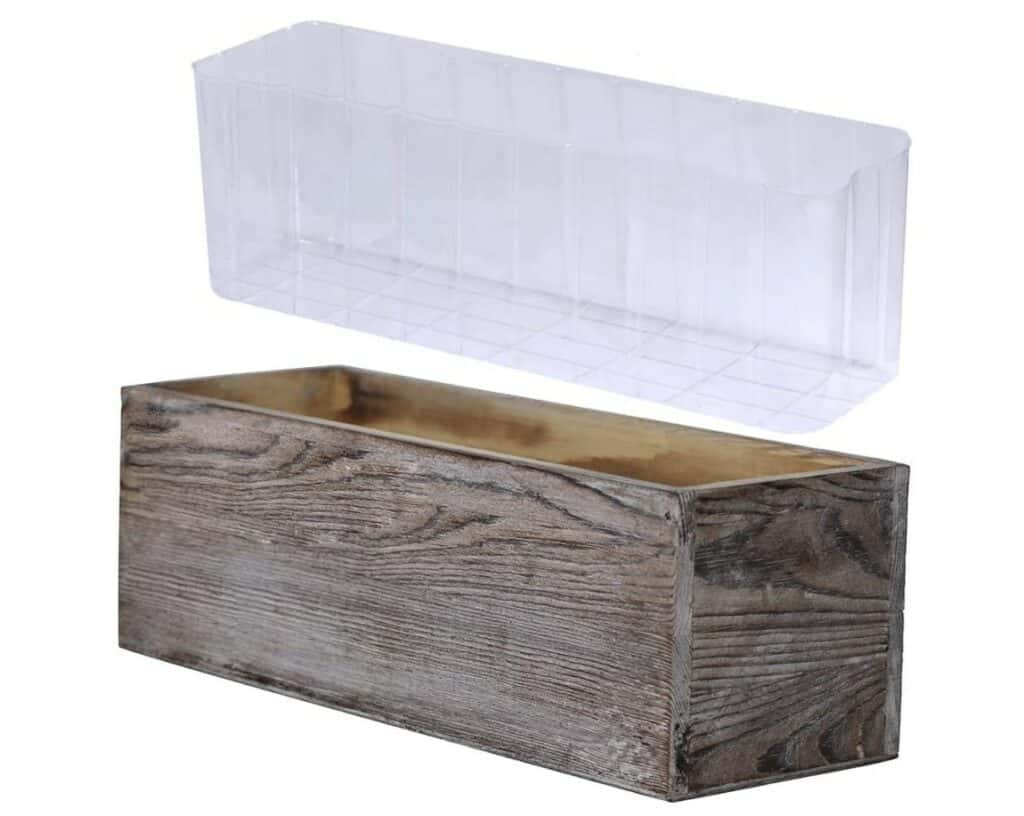
This plant has delicate roots that don’t dig too deep into the soil. Make sure that you give it a well-draining soil or potting mix to make it easier for its roots to branch out and down.
As for pots, you can put them in shallow planters such as:
- Windiy Wood Planter Box Rectangle Whitewashed Wooden Rectangular Planter with Inner Plastic Box
- Yephets Window Box Planter
- TERESA’S COLLECTIONS Ceramic Plant Pots
And because of the shallow roots, these plants are also perfect for a terrarium such as:
Peperomia Polybotrya Water Requirements
Overwatering your Peperoma polybotrya is a death sentence for this plant. You should only water when the top one inch of the soil or potting mix is already dry. You should water this plant more frequently in the summer and less when it’s colder in the winter. You can also mist the Peperomia polybotrya to provide it with humid conditions.
Remember, these are naturally found in Columbia and Peru, so the plant has become more accustomed to dry and humid conditions.
Peperomia Polybotrya Light Requirements
Peperomia polybotrya likes bright but indirect light. This plant can easily get sunburned, so make sure that you keep it away from the full sun. You can put your peperomia near a window that faces east or south. It can get bright light in these areas and still not get the full brunt of the sun.
Best Peperomia Polybotrya Fertilizer
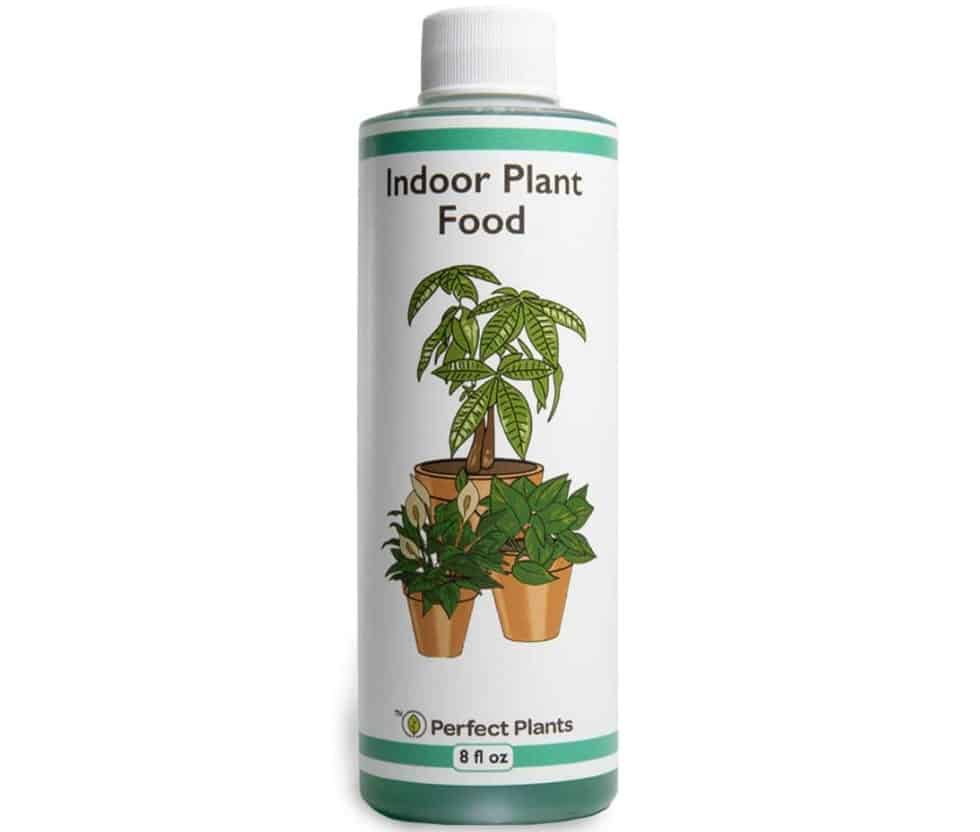
Feeding your Peperomia polybotrya is easy. You don’t have to buy a special fertilizer for this plant, so you can just use what you have at home.
A balanced fertilizer is a product that has equal amounts of nitrogen, potassium, and phosphorus will do. Or you can try these fertilizers:
- Perfect Plants Liquid Indoor Plant Food
- Purived Liquid Fertilizer for Indoor Plants
- TRUE Organic – All Purpose Liquid Plant Food
Fertilize your plant only during the summer and stop feeding it during winter.
Best Peperomia Polybotrya Companion Plantings
Generally, you can plant different kinds of peperomias together, so you can have various the same genus together in one pot. You can also plant your Peperomia polybotrya with:
- Christmas cactus
- Peace lily
- Dracaena
The trick is to find a plant that can live in the same pot as the raindrop peperomia and needing the same care requirements: indirect sun, well-draining soil, and just enough water. Remember, also, that this plant doesn’t grow very tall. As such, you can pair it with another plant that can provide some height.
Another option is to find a flowering plant to contrast the all-green colors of a Peperomia polybotrya.
Peperomia Polybotrya Diseases and Common Problems
When we say that Peperomia polybotrya is very easy to care for, we’re not kidding. This plant is not prone to diseases. The most dangerous thing is to overwater your plant because it can cause root rot that kills your plant.
There are times when your peperomia gets attacked by red spider mites or mealybugs. These insects will feed on your plant by sucking the juices out of the sap. The damage is usually visible with yellow spots dotting the leaves of your peperomia.
Peperomia Polybotrya Treatments and Maintenance
To keep your Peperomia polybotrya free from insects, you only need to keep the indoors clean. You can wipe the leaves down gently to clean them.
Pruning Your Peperomia Polybotrya
For the most part, you may prune your Peperomia polybotrya for aesthetic reasons or if there are yellowing, wilting, or limp leaves. Some plants become leggy, and it looks awkward.
The good news is that your peperomia can take even the heaviest pruning. You can cut back as much as you want to, and the plant will take it as a challenge to grow new leaves.
When you do prune, however, it helps to use clean pruning shears to avoid contaminating the wounds with bacteria. Pruning can tame an unruly plant and make your Peperomia polybotrya more beautiful to look at, plus you can propagate the cuttings so that you get more plants.
Where to Buy Peperomia Polybotrya Seeds Online
The best way to secure Peperomia polybotrya seeds is to go to your local garden center and see if it’s available. It is difficult to find Peperomia polybotrya seeds online.
The good news is that several retailers sell mature versions of this plant.
Where to Buy Mature Peperomia Polybotrya Online
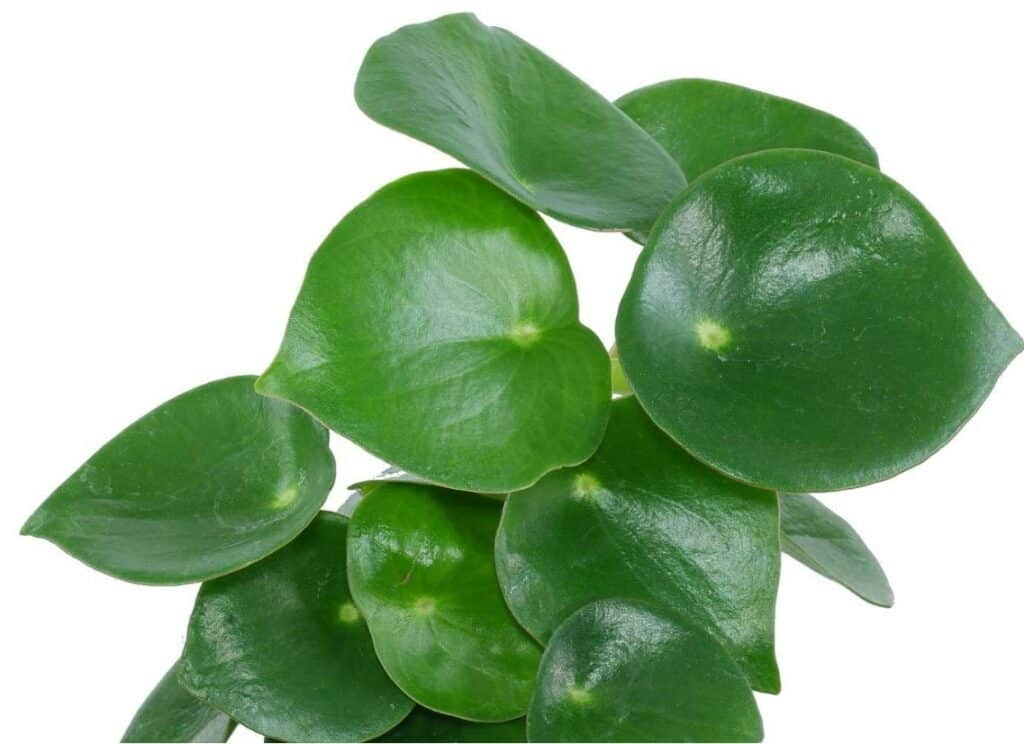
If you like to buy your seeds online, you can search Amazon for sellers like this one. Etsy also has sellers that sell live Peperomia polybotrya plants.
Big box retailers carry these plants, and you can find them online, such as this Trending Tropicals Raindrop Peperomia in a six-inch ceramic pot available from The Home Depot.
You can also buy from:
FAQs
Question: I have a Peperomia polybotrya at home, but my best friend says it’s a Chinese money plant, not a raindrop peperomia. How can I tell?
Answer: The Chinese money plant is scientifically known as the Pilea peperomioides. We cannot fault your friend or you for mistaking one for the other as these two plants do look very much alike. However, the best way to know if it’s a Peperomia polybotrya is whether it has raindrop-shaped leaves. Pilea peperomioides have round coin-shaped leaves.
If your plant has tiny delicate blooms, it’s the pilea variety, while tendril-like flowers are what raindrop peperomias produce.
Question: My Peperomia polybotrya almost died from being exposed to too much sun. Now that I’ve put it further away from the window, I’m concerned that it’s not getting enough sun. How do I know for sure if that’s the case?
Answer: A leggy Peperomia polybotrya is a good way to know if it’s not getting enough light. The plant will seek out the sun, and as such, the stems will be longer.
Question: Can I underwater this plant?
Answer: Because the Peperomia polybotrya absolutely hates overwatering, it’s better to be safe. You should always check if the top inch of soil is completely dry before giving this plant a bath. If you’re sure whether to water or not, postpone the watering for a day just to be sure.
Grow Your Peperomia Polybotrya with Confidence!
A Peperomia polybotrya is an easy plant to care for if you know what to do. Following our quick and easy guidelines here will help you keep your plant alive for years to come!
References
- Botanical Chick: How To Propagate Raindrop Peperomia In Water
- Costa Farms: Trending Tropicals® Collection: Meet Raindrop Peperomia
- Gardening Brain: PEPEROMIA POLYBOTRYA: THE RAINDROP PEPEROMIA
- Gardening Knowhow: Peperomia Seeds Propagation
- Home Gardeners: Peperomia Plant – How Did Radiator Plants Become the Best? Find Out.
- Indoor Home Garden: Peperomia Polybotrya Care Guide (Raindrop)
- Merriam-Webster: Peperomia
- NC State Extension: Peperomia polybotrya
- Plantophiles: Peperomia Polybotrya Care Made Simple
- The Joy of Plants: Peperomia
- YouTube: How to Propagate Peperomia Polybotrya Raindrop by Leaf Cuttings in Soil

